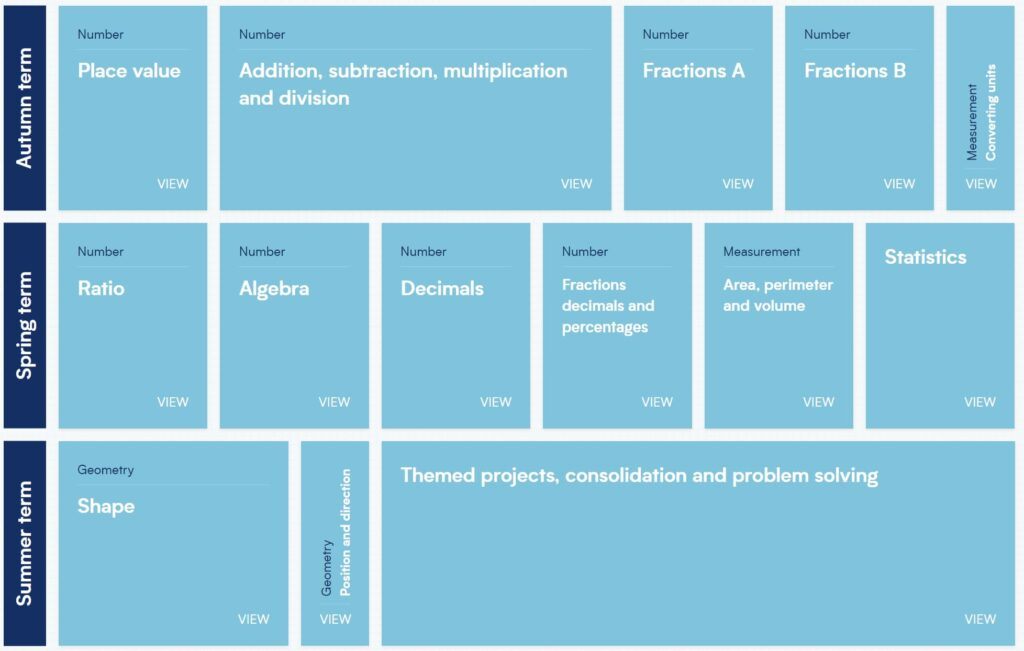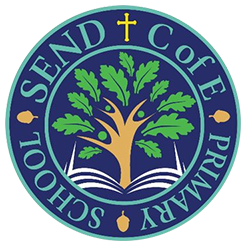Mathematics
Why do we teach maths?
Maths is essential to everyday life, critical to science, technology and engineering, and necessary for financial literacy. Here at Send C of E Primary school, we teach maths in order to develop children’s knowledge, skills and understanding so that they become competent and confident mathematicians.
What do we teach in maths?
We follow the National Curriculum for mathematics. You can find a copy of the maths programme of study for Key Stages One and Two here: https://www.gov.uk/government/publications/national-curriculum-in-england-mathematics-programmes-of-study/national-curriculum-in-england-mathematics-programmes-of-study
The National Curriculum expectations are set out into the following broad areas with each year group building upon the knowledge gained previously.
- Number and place value
- Addition & subtraction
- Multiplication & division
- Fractions
- Measurement
- Geometry – properties of shapes
- Geometry – position & direction
- Statistics
We place great emphasis on:
- fluency with understanding – understand the procedure and be able to explain it and know how to use it
- quick accurate recall e.g. number bonds, times tables
- precision
- problem solving including the ability to reason, justify, prove and explain ideas using the correct mathematical vocabulary
- mental expectations are explicit e.g. understand and use mental strategies to help solve more complex problems more efficiently
How do we teach maths?
All children from Year Reception to Year 6 have daily maths lessons, following the White Rose scheme of work. This framework is designed to be enjoyable, engaging and varied in order to help pupils develop a love of learning and to work towards mastery. White Rose Maths is defined by their belief that maths is a subject accessible to all learners.
White Rose Maths teaches children mathematical concepts through a range of methods in order to develop a deep understanding, confidence and competence in maths – in addition to improving fluency. Fluency is about developing number sense and the ability to select the appropriate method for a task, applying these skills to multiple contexts.
Our teaching, and the resources of White Rose, follows a CPA approach (concrete, pictorial, abstract). This approach is highly effective in allowing children to deepen and sustain their mathematic understanding. Children are taught to think and reason mathematically, applying skills efficiently and fluently to come to an accurate answer to problems.
Curriculum Progression
Reception

Year 1
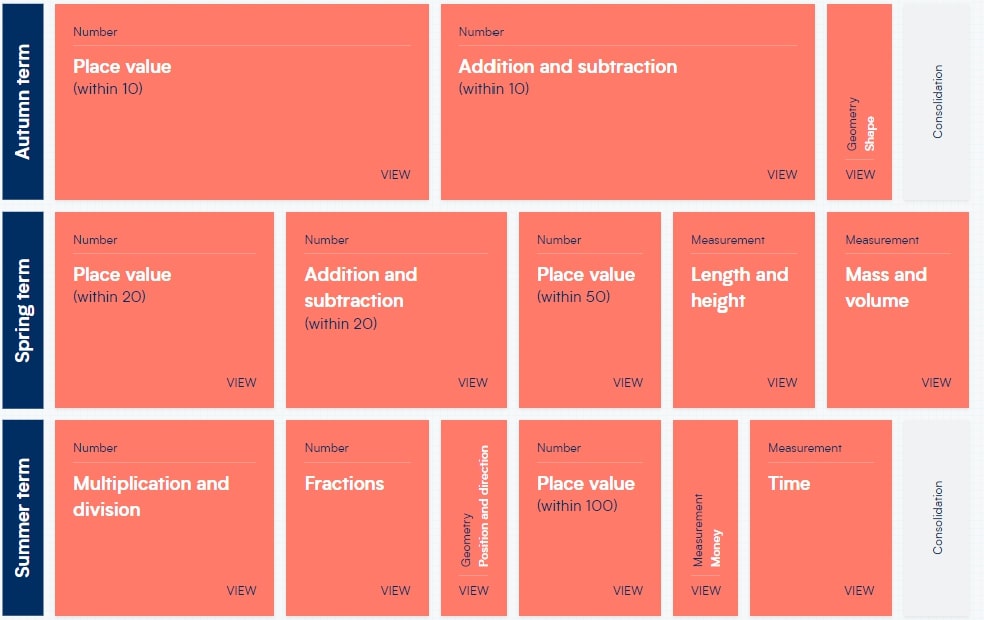
Year 2
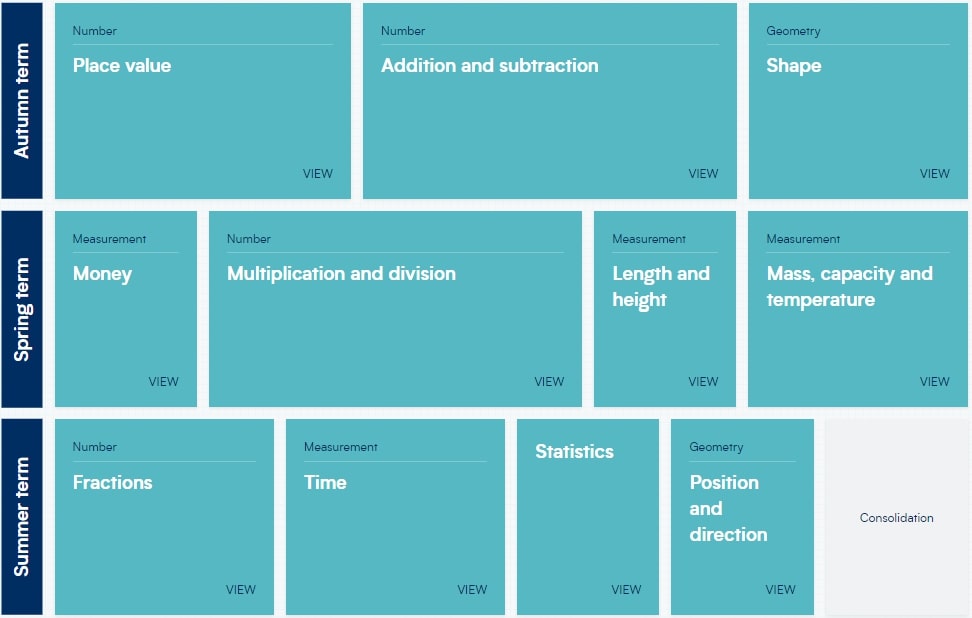
Year 3
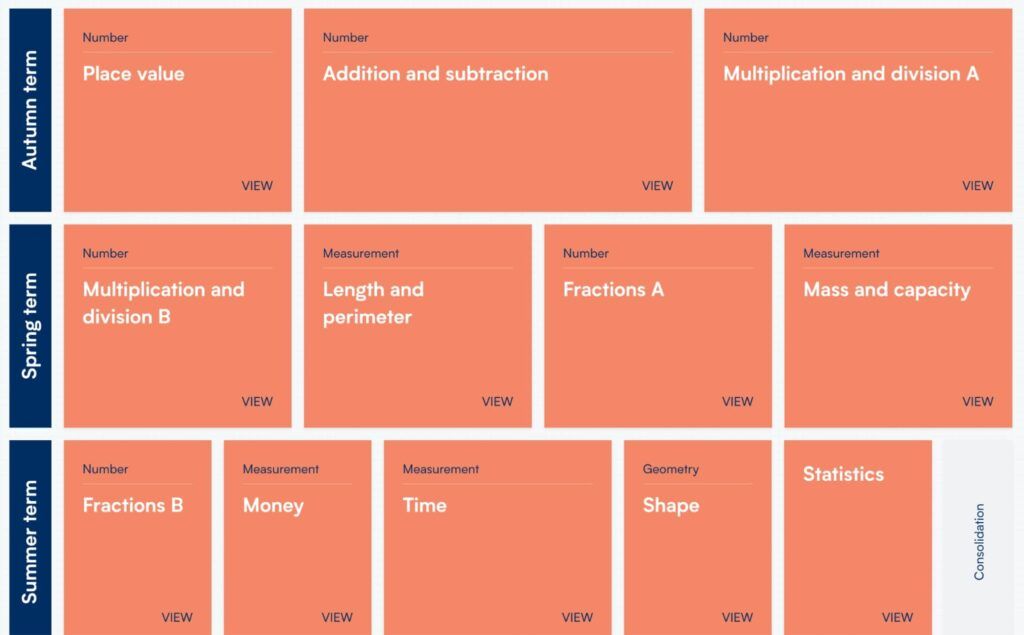
Year 4
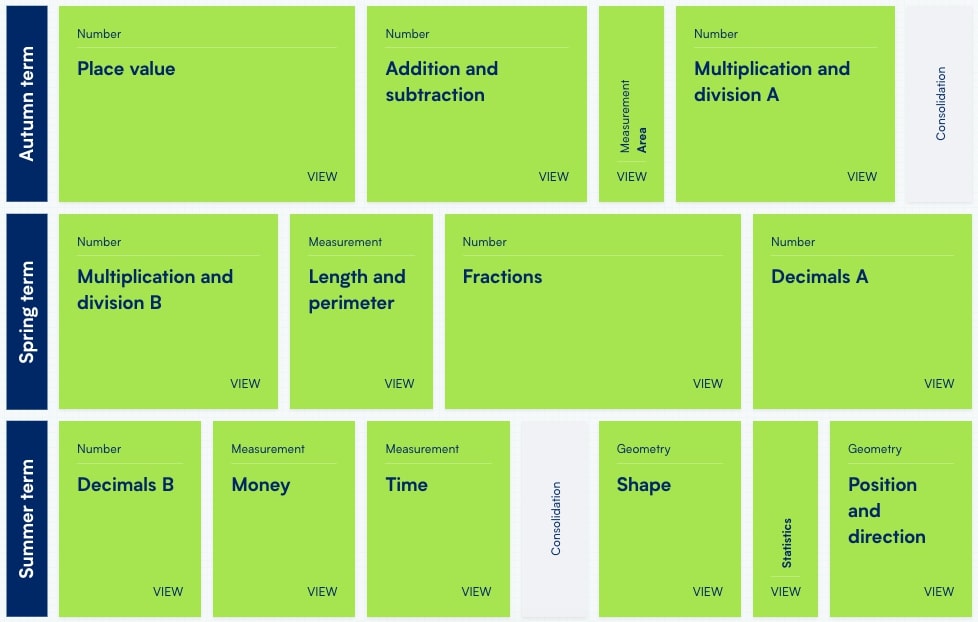
Year 5
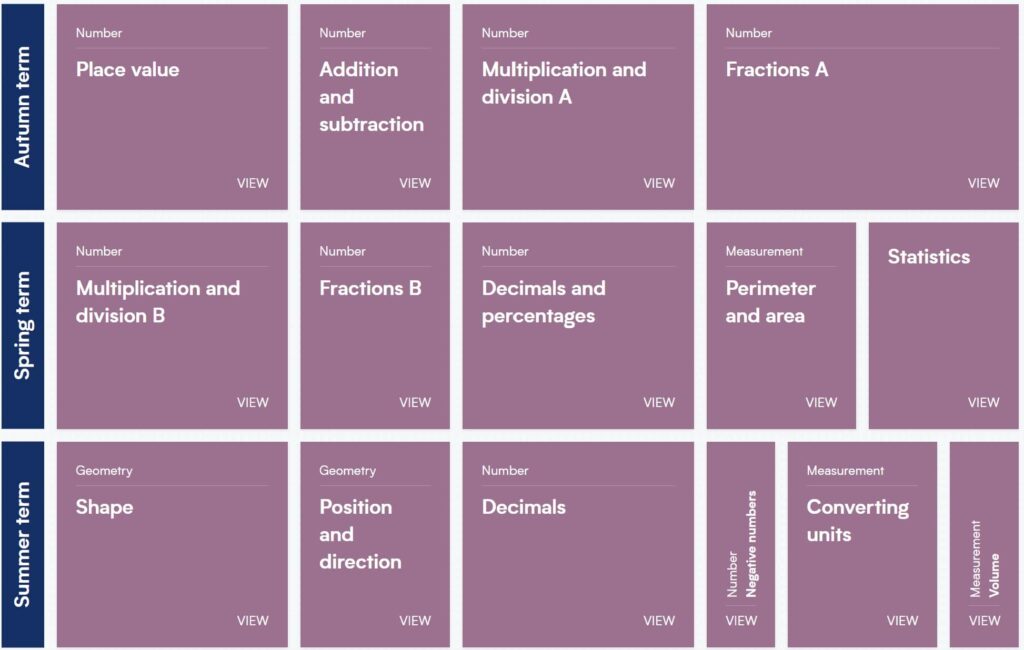
Year 6
